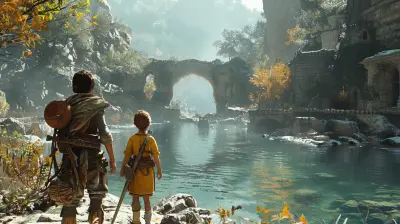How to Use Environmental Storytelling Effectively
26 October 2025
Gaming has grown far beyond just high scores and flashy graphics. These days, players crave immersive worlds, layered narratives, and moments that make them feel like they’re uncovering hidden secrets. That’s where environmental storytelling steps into the spotlight. But here’s the kicker—not every developer nails it.
So, how can you use environmental storytelling effectively to captivate gamers and keep them hooked on your game? Let’s break it down, step by step, because it’s not just about tossing random objects into a room and hoping people "get it." You need strategy, subtlety, and a sprinkle of creativity. 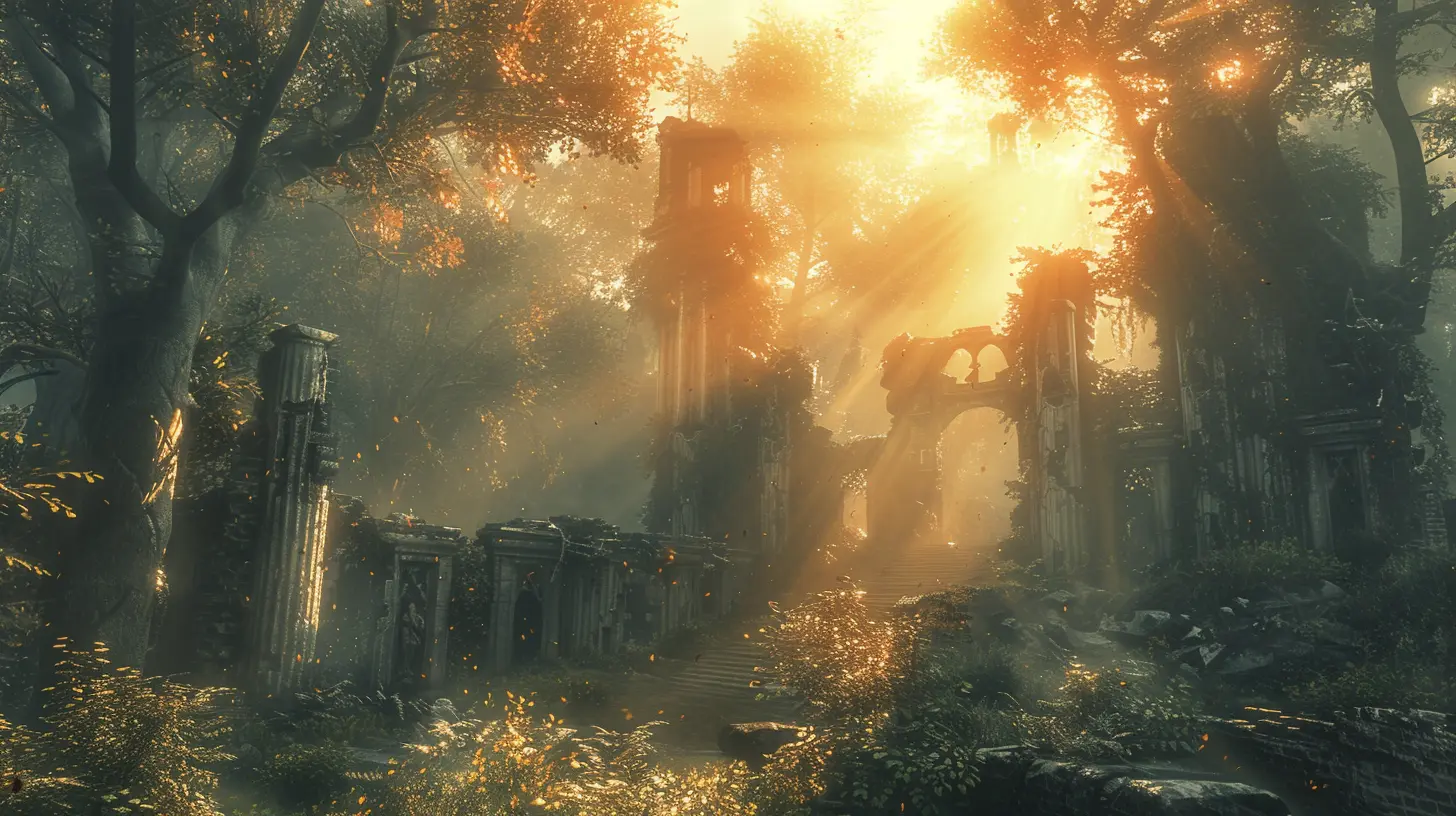
What Is Environmental Storytelling?
First things first—what even is environmental storytelling? In simple terms, it’s the art of telling a story through the environment itself rather than relying solely on dialogue or cutscenes. Think of it like a silent narrator lurking in the background, dropping hints and clues.Let’s say you walk into an abandoned house in a game. There’s a broken family portrait on the floor, scorch marks on the walls, and a calendar stuck on a date from three years ago. You’re already painting a mental picture of what might’ve gone down, aren’t you? That’s environmental storytelling in action! 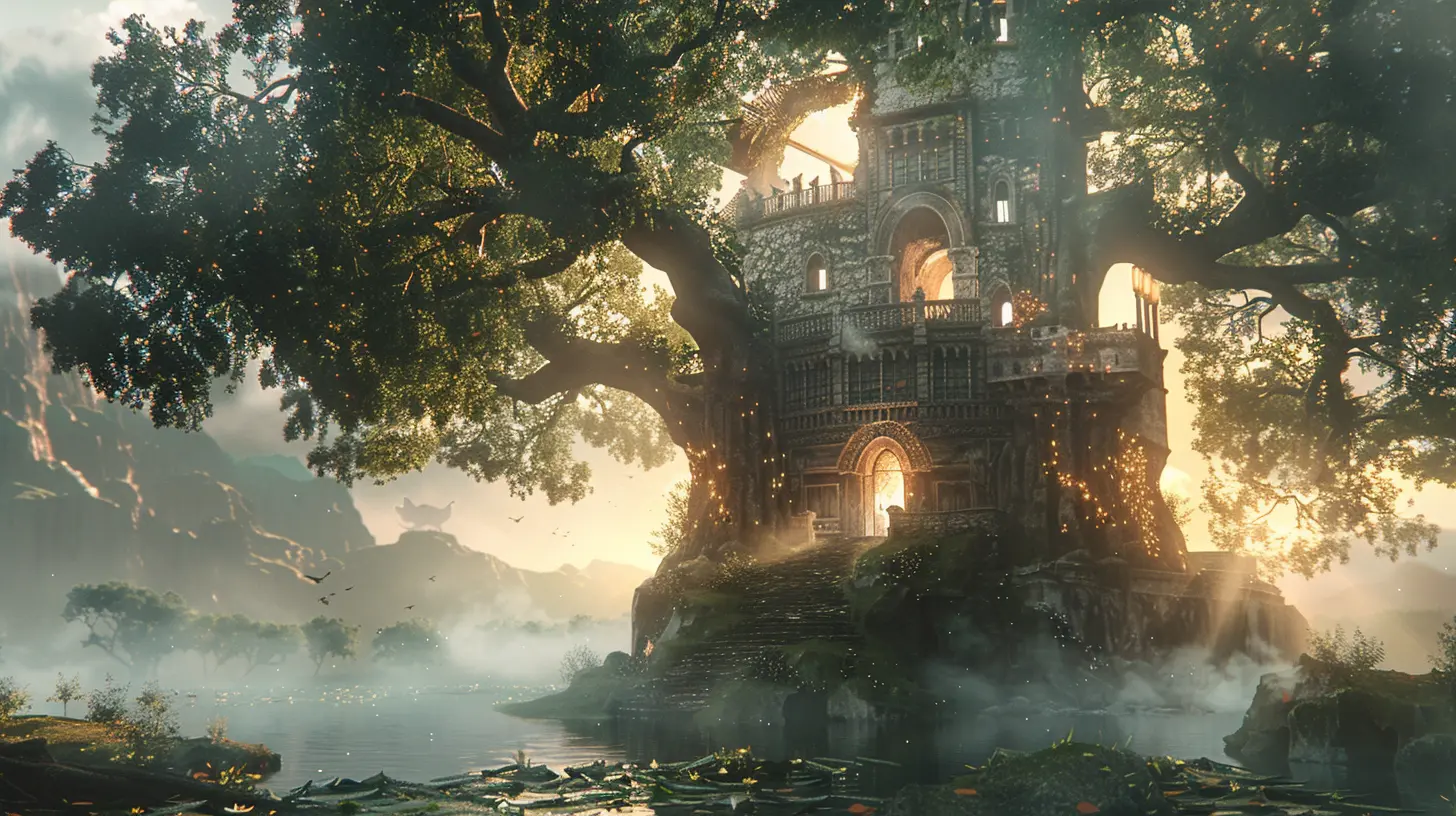
Why Does Environmental Storytelling Matter?
Alright, let’s get real. Why should you, as a game developer, care about this? Simple—it adds depth. It creates intrigue. It makes players feel like detectives piecing together a puzzle.Unlike spoon-fed narratives delivered through hours of dialogue (looking at you, overly chatty RPGs), environmental storytelling respects the player’s intelligence. It whispers instead of shouting. Players love that sense of discovery, that "Aha!" moment when they realize what happened in the world you’ve created.
Oh, and let’s not forget replayability. Good environmental storytelling makes your game worth revisiting. Players will want to go back just to catch things they missed the first time. That’s not just storytelling—that’s engagement gold. 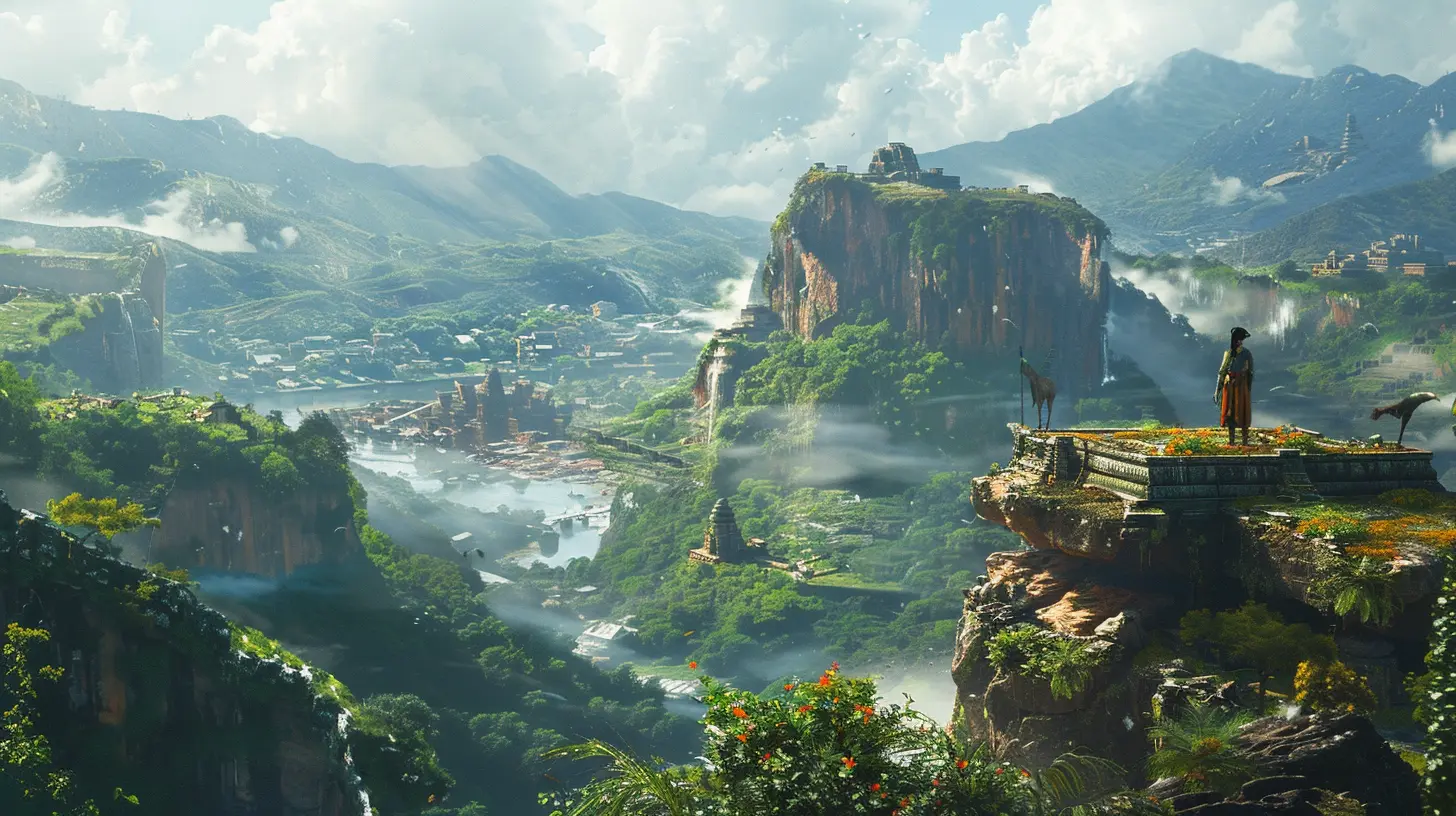
The Core Elements of Environmental Storytelling
Let’s dig a little deeper. Great environmental storytelling isn’t random. It’s built on a foundation. Here are the core elements you’ll need to nail:1. Visual Cues
This is where the magic happens. The environment should look like it has a story to tell. Whether it’s bloodstains on the floor, graffiti scrawled on a wall, or a worn-out teddy bear in a post-apocalyptic wasteland, these visuals need to say something.Don’t just add details for the sake of it—make every prop, texture, and piece of lighting count.
2. Layered Details
Great environmental storytelling is like an onion—it has layers. You want casual players to notice obvious details, but hardcore fans? Oh, they’re looking for those Easter eggs.For example, in "The Last of Us," certain rooms contain photographs, notes, and objects that hint at the lives of people who lived there before. Casual players might just think, "Cool, this looks lived-in," but die-hard fans? They’ll study every inch of the scene.
3. Context Matters
A broken sword on the floor is one thing. A broken sword on the floor in front of a throne with skeletal remains around it? Now you’ve got context, and boy, does it change the story entirely.Always think about the big picture. How do the items or structures in your environment fit into the world you’re creating? 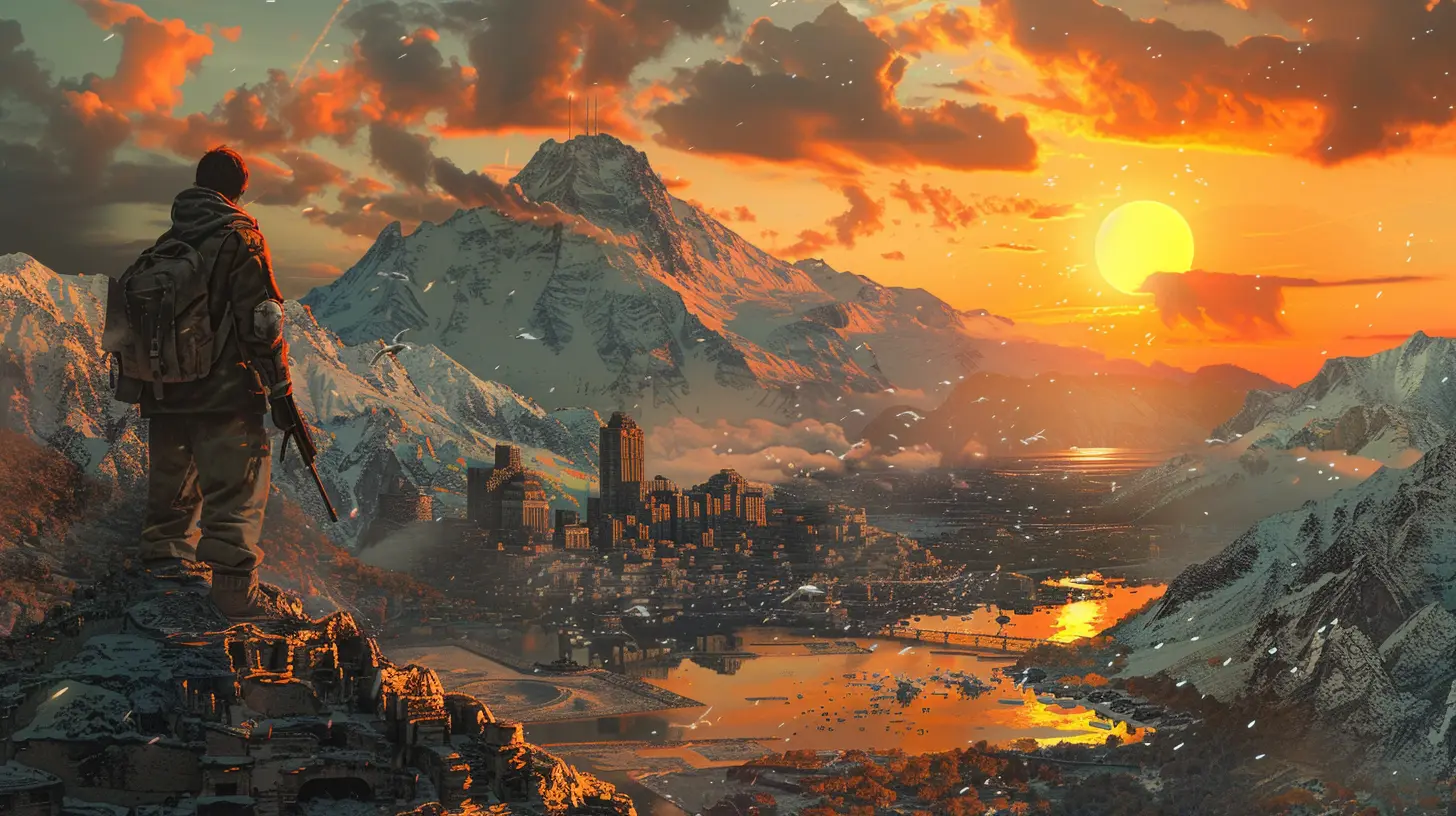
Crafting Your Environmental Storytelling Toolkit
So, how do you actually start using environmental storytelling effectively? I’m glad you asked. Here’s your go-to toolkit:1. Props with Purpose
Don’t just scatter random objects around like confetti. Every item in your environment should serve a purpose. Maybe it sets the tone, reveals a backstory, or even foreshadows future events.For example, in "BioShock," the scattered recordings and ruined art deco architecture tell you everything you need to know about the rise and fall of Rapture.
2. Lighting as a Guide
Lighting isn’t just about aesthetics—it’s about steering the player’s eyes. A spotlight on a bloodied handprint? That’s going to grab attention. A dimly lit corridor with flickering lights? That sets the mood.Treat lighting like a silent tour guide, gently nudging players toward the story elements you want them to notice.
3. Sound Design That Speaks Volumes
Environmental storytelling isn’t just visual—it’s auditory too. Think creaking doors, distant whispers, or the faint sound of a music box playing in a child’s room. These sounds don’t just add atmosphere; they build curiosity.4. Interactive Elements
Why just show when you can let players interact? A locked diary with scribbled handwriting, a rusted lever with a mysterious purpose—these elements invite players to engage with their environment, making it personal.Tips to Avoid Common Pitfalls
Environmental storytelling is tricky. Do it right, and players will sing your praises. But mess it up, and it’ll feel forced or downright confusing. Here’s how to steer clear of common mistakes:1. Don’t Overload the Player
Have you ever walked into a cluttered room in a game and thought, “What am I supposed to focus on?” Too much detail can overwhelm players. Choose a few standout elements and let them shine.2. Avoid On-the-Nose Storytelling
Subtlety is key. If you spell everything out with neon signs (figuratively speaking), you lose the magic. Let players connect the dots themselves.3. Consistency Is King
Your environment should feel cohesive. Don’t stick a futuristic touchscreen console in a medieval dungeon unless there’s a really good in-universe explanation for it.Examples of Environmental Storytelling Done Right
Let’s take a moment to shine a spotlight on games that have absolutely nailed environmental storytelling:1. Dark Souls Series
Oh boy, where do we even begin? From abandoned cathedrals to cryptic item descriptions, "Dark Souls" is a masterclass in subtle world-building. The environment doesn’t just tell a story—it feels alive.2. Gone Home
"Gone Home" is practically a love letter to environmental storytelling. The game is essentially a scavenger hunt for narratives, relying entirely on environmental clues like notes, photos, and scattered belongings to tell its story.3. Half-Life 2
Remember the eerie silence of Ravenholm? Yeah, that’s environmental storytelling at its peak. The town’s layout, traps, and desolation all scream, “Something horrible happened here,” without anyone saying a word.Turning Ideas Into Action
So, how do you put this into practice? Start with small scenes. Maybe a single room or a section of your game world. Ask yourself:- What story am I trying to tell here?
- What visual and audio elements can I use to tell that story?
- How will this scene fit into the larger narrative?
Test it out, get feedback, and tweak it until it feels right.
Wrapping It All Up
Environmental storytelling isn’t just a tool—it’s an art form. When done well, it can elevate a good game to something extraordinary. It’s the whispered conversation at the heart of your game world, urging players to lean in, pay attention, and uncover the secrets you’ve hidden for them.So, next time you’re crafting a game, remember this: Treat your environment like a canvas. Paint it with details, layer it with meaning, and invite players to explore every corner. Who knows? You might just create something unforgettable.
all images in this post were generated using AI tools
Category:
Video Game DesignAuthor:

Francesca West
Discussion
rate this article
1 comments
Rosalind Reese
Great insights on environmental storytelling! I love how the article highlights the power of subtle details in game design. Engaging players through their surroundings truly enhances immersion and emotional connection. Keep up the fantastic work!
October 27, 2025 at 5:26 PM

Francesca West
Thank you for your kind words! I'm glad you found the article insightful. Engaging players through their environment is indeed key to enhancing immersion.


